To help care for pets, learning first aid should be necessary for pet owners. When we become pet parents, we are responsible for their well-being. We should become aware of the basic actions to take in case we face a pet-related emergency. This should include understanding your pet's condition (especially when they are not looking and feeling well), checking their vital signs, and learning preventative measures for your cats and dogs. As pet owners learning how to respond to critical emergencies such as wounds, bleeding, fractures, breathing and cardiac emergencies. With that in mind, here are some pet emergencies and their corresponding first aid tips should remember:
[caption id="attachment_8338" align="aligncenter" width="601"]

Image by
Ulrike Mai from
Pixabay[/caption]
If you have a pet emergency, please call your veterinarian or pet emergency clinic immediately.
Poisoning and Exposure to Toxins
Toxins and poisons are all around us, especially for our pets that are small and closer to terrains. These include pesticides, preservatives found in food, medication (especially human vitamins), and pollution. When at home be careful in storing your cleaning products, rodent poisons, and other
household hazards[1]. Signs of poison exposure can include vomiting, diarrhoea, lethargy, fever, drooling or salivating, pacing, and panting.
First Aid:
- If you see your pet get in contact or accidentally ingest a toxic product, the first thing to do is to identify the toxin and how your pet came into contact with it. Determine, as much as you can, how much of the toxin your pet came in contact with. Make sure to check the label of the products for emergency instructions.
- If the toxin has touched your pet's skin or fur, the instruction label may say to flush the skin or eyes with water.
- After that, you should contact your vet or any pet emergency clinic immediately.
- Still, the best thing to do is to keep toxins and other hazardous substance away from pet reach.
Seizures
Seizures can also happen to animals and it is actually a result of abnormal electrical activity in the brain
[2]. Usually, it is accompanied by drooling, convulsion, yelps and cries, sometimes urination and popping. Seizures are a signal of underlying conditions in your pet. It could be liver disease, epilepsy, trauma, brain tumours, high blood pressure, and low calcium levels. If your pet is diagnosed with a seizure disorder, make sure you are knowledgeable about pets seizure first aid so you can manage it when it does happen.
What does a seizure look like?
Pets tend to collapse and start to undergo out of control movements. There are some cases where pets just become rigid and unresponsive, as well as thrash around.
First Aid:
When your pet is experiencing a seizure, the first thing you need to do is not panic; clear your mind, stay calm, and follow these instructions:
- Pull your pets away from walls or any object that might hurt them.
- Avoid touching as external distractions can prolong a seizure.
- As much as possible wait for the seizure stop and do not put anything in their mouth.
- Keep an eye on your pet the entire time and record the time the seizure begins and ends. Most seizures last for about 2 to 3 minutes. Remember to log the episodes so you can show it to your vet.
- If the seizure lasts longer call the vet immediately.
- In the case that your pets will lose consciousness and is not breathing, begin CPCR (formerly called CPR).
Fractures
Sometimes pets get fractures for a lot of reasons, one of which is from falling. It can be classified as either “open” or “closed.”
[3] It is necessary to conduct several tests before managing the fracture because there are different types of fracture and each one has a different form of treatment. A fracture can be very painful even hairline fractures. Be extra careful when holding your pets when you do first aid. Unlike humans, you can't rely on pets will be able to rest their injured limbs properly so the go-to treatment for them is operation.
First Aid:
[caption id="attachment_8336" align="aligncenter" width="599"]
 Travel photo created by nikitabuida - www.freepik.com
Travel photo created by nikitabuida - www.freepik.com[/caption]
- Isolate your pet preferably in a small space such as a box, crate, or kennel.
-
Do not attempt to reposition the injured limb.
-
Keep your pet warm and dry and be aware that pain and stress will adversely affect their condition.
- Call or drive to a near veterinary clinic.
- Note the veterinarian's instructions for aftercare
Heatstroke
Heatstroke is a condition when the pets' temperature is elevated above the normal level. As a pet owner, it is important to keep your pets hydrated during the hot summer. Especially dogs that are prone to heat exhaustion; senior dogs, pugs, bulldogs and other flat-faced breeds.
[4] Make sure that the pet's environment temperature is not too hot for them. To check, dogs will likely pant excessively, show signs of discomfort, and may be unable to move around.
First Aid:
Before you begin the first aid on your pets it is vital to remove your pet out of the hot environment before anything bad happens. Always carry around a
portable pet bottle and keep them hydrated when going on walks. If at home, always put water in their
bowl.
[caption id="attachment_8337" align="aligncenter" width="563"]

Photo by
Wara Nimprapuad from
Pexels[/caption]
- Move them to a shaded/cooler area.
- Put your pet in a tub of water and/or hose them down.
- You can also put a wet towel on their back and soak them in cold water.
- Do not submerge your pet's head under water.
- Then take your pet to the nearest Veterinarian immediately.
Choking
When you notice your pet pacing back and forth, gagging, retching, and pawing at their mouth that means your pet is choking. Your pet will most likely start wheezing and coughing as they are struggling to breathe. Be careful with the things lying around that could choke your pet. Dogs usually need to be careful when gnawing bones as they could accidentally get lodged in their throat.
First Aid:
In the event of your pet choking, here are easy first aid steps you can do:
- Be very careful in dealing with a choking pet as they will also panic and might unintentionally hurt you.
- Open your pet's mouth using both hands, one holding the upper jaw and the other on the lower.
- Look inside your pet's mouth and check if you can reach the object obstructing the throat.
- With your fingers, feel out the object if you can't get it out do not pull it out.
- Call your veterinarian or the pet emergency hospital immediately. You can also drive them there.
Here's a video on how to help a choking dog:
Bleeding
In an incident that your pet gets an external bleeding from a cut, infection, or trauma, it is best to have a veterinarian or an emergency clinic. It could be life threatening and it need immediate medical attention, especially internal bleeding. For visible or external bleeding, provide first aid to your pets so you can minimize blood loss before heading to the veterinarian or emergency clinic.
First Aid
- Assess your pet. Stay calm and be gentle while you locate the source of the external bleeding.
- You can opt to muzzle your pet to avoid getting unintentionally bitten.
- Just like any minor external bleeding, put pressure on the wound. Use a thick, clean gauze pad over it as keeping pressure until the blood clots. It would usually take several minutes. Loosen the tourniquet for 20 seconds every 15-20 minutes.[5]
- If the bleeding is severe, it is time to use a tourniquet between the wound and the body to avoid excessive blood loss.
Learning CPR for Cats and Dogs
When you bring in pets to your household, they will become a part of your family. Learning CPR for your pets is a vital part of first aid. You may not have to use it every emergency or situation, but it is always great to be backed with that knowledge and be able to use it when needed.
Follow these steps:
Check for a heartbeat and breathing. Bring the back of your hand closer to your pet's nostrils and check if there is air coming out. Notice if the chest is moving. If your pet is not moving, unconscious, and without heartbeat you can begin CPR.
Step 1: Start by giving
30 chest compression. Lay your pets on the right side and place your hands over the ribs, where their elbows touches the chest. Then, push hard and push fast at a rate of 100-120 compression.
[6] Before you compress again make sure that the chest comes back fully.
Step 2: Give
2 rescue breaths. For cats and small dog breeds, extend their neck to open the airway, place your mouth over their nose
and mouth to blow air in. For medium to large dogs, close their mouth extend their necks and place your mouth over their nose and blow air in. Wait for your pet's chest to rise, then give second rescue breath.
Step 3: Continue the CPR by repeating Steps 1 and 2.
Step 4: Check for breathing and a heartbeat again. Do this every 2 mins until you their breathing and starting to get a heartbeat again.
Step 5: Call your veterinarian and continue the CPR while on the way to the clinic.
References:
[1] https://pets.webmd.com/dogs/guide/top-10-dog-poisons#1
[2] https://firstaidforpets.net/seizures/
[3] https://www.petmd.com/dog/emergency/accidents-injuries/e_dg_broken_bones
[4] https://www.petmd.com/dog/emergency/common-emergencies/e_dg_heat_stroke
[5] https://www.avma.org/public/EmergencyCare/Pages/Basic-Pet-First-Aid-Procedures.aspx
https://www.acvs.org/small-animal/fractured-limbs
https://www.rspca.org.uk/adviceandwelfare/pets/dogs/health/heatstroke
https://www.petmd.com/dog/emergency/common-emergencies/e_dg_choking
https://dogtime.com/dog-health/general/696-bleeding-vin
 Image by Ulrike Mai from Pixabay[/caption]
Image by Ulrike Mai from Pixabay[/caption]
 Travel photo created by nikitabuida - www.freepik.com[/caption]
Travel photo created by nikitabuida - www.freepik.com[/caption]
 Photo by Wara Nimprapuad from Pexels[/caption]
Photo by Wara Nimprapuad from Pexels[/caption]



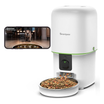


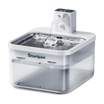









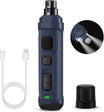
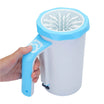




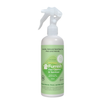






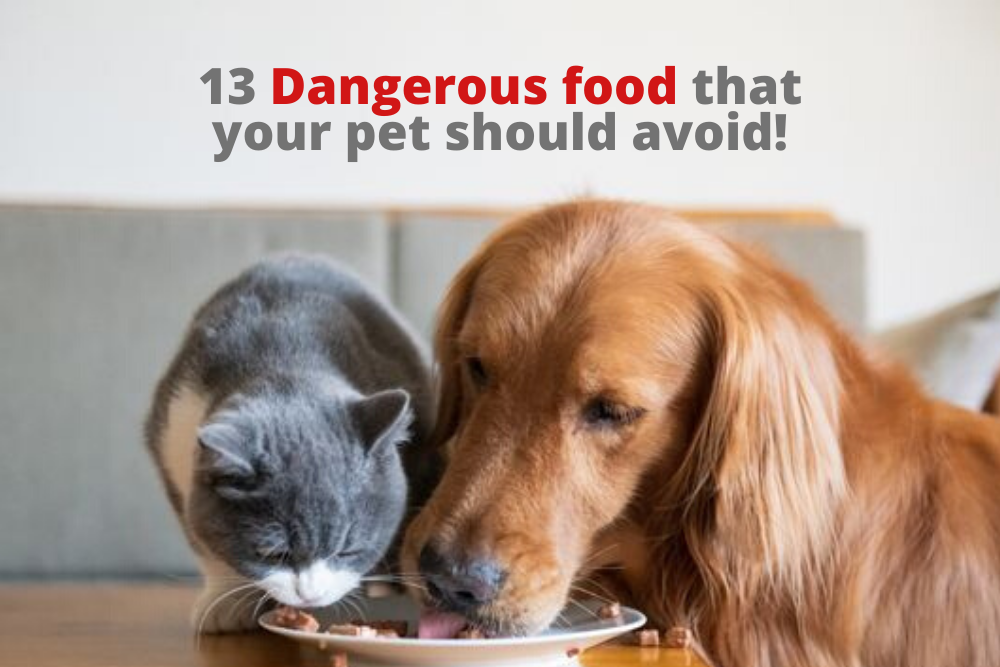
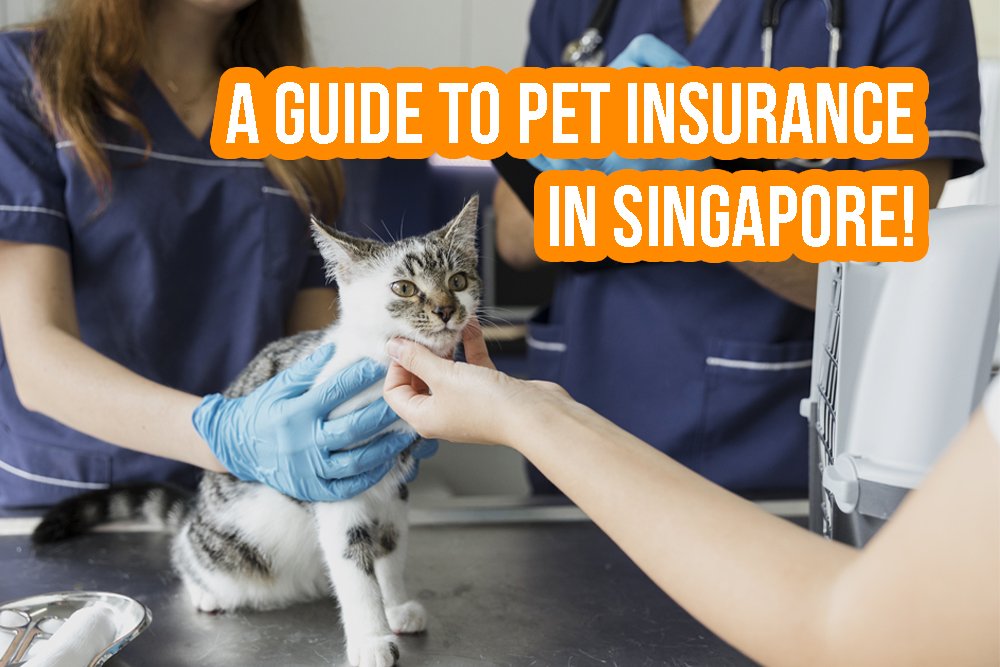

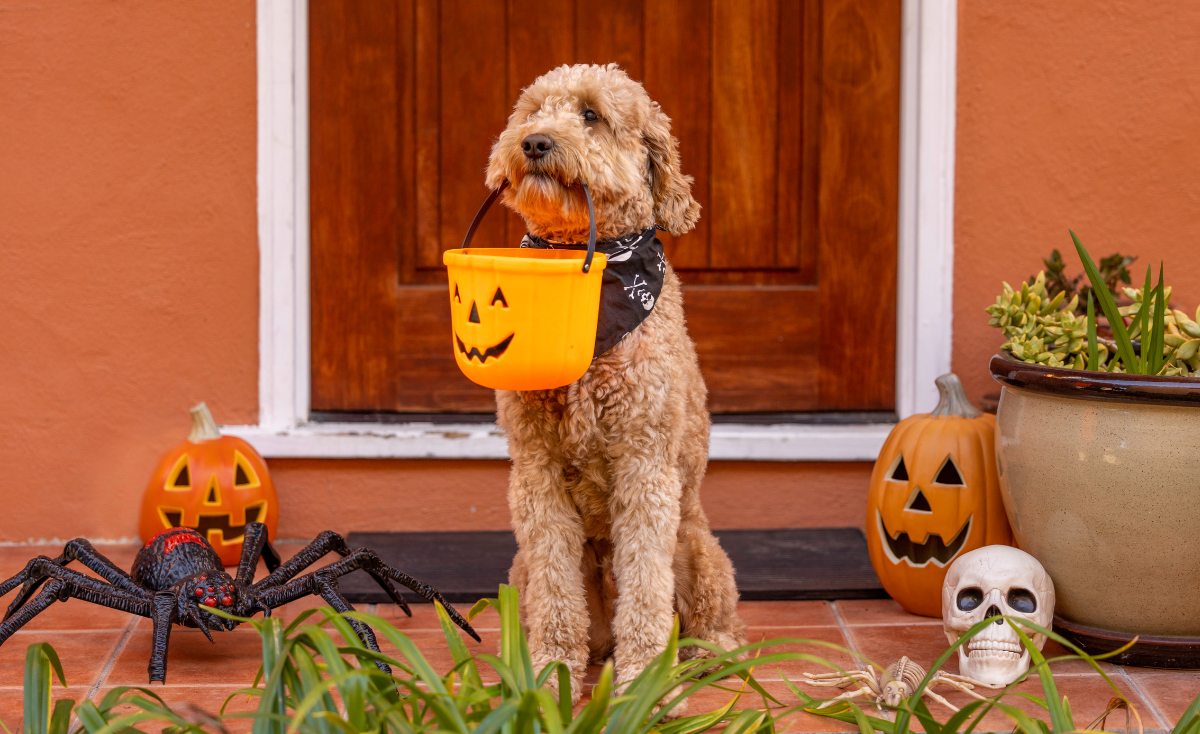
















Leave a comment
All comments are moderated before being published.
This site is protected by hCaptcha and the hCaptcha Privacy Policy and Terms of Service apply.